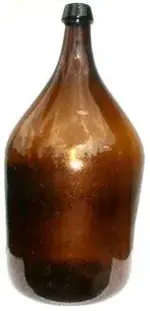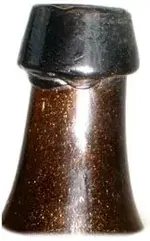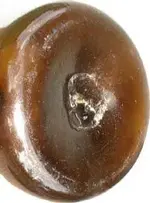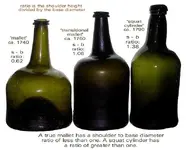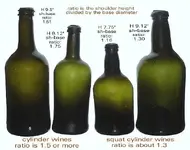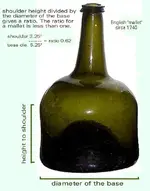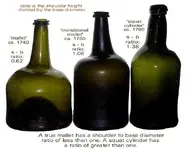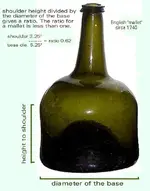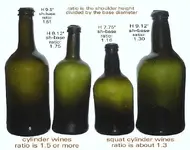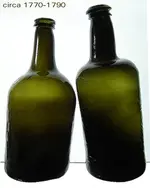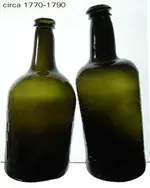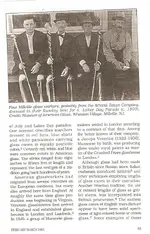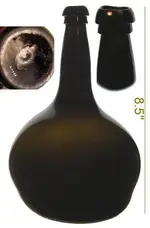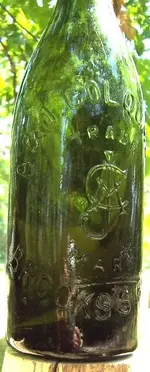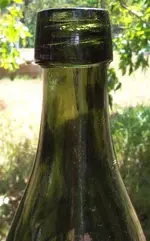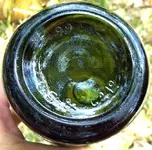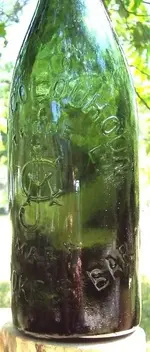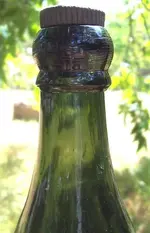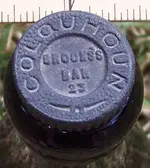BuckleBoy
Platinum Member
- Joined
- Jun 12, 2006
- Messages
- 18,132
- Reaction score
- 9,701
- Golden Thread
- 4
- Location
- Moonlight and Magnolias
- 🥇 Banner finds
- 4
- 🏆 Honorable Mentions:
- 2
- Detector(s) used
- Fisher F75, Whites DualField PI, Fisher 1266-X and Tesoro Silver uMax
- Primary Interest:
- All Treasure Hunting
Hey, I have very little in the way of black glass. I'm fairly new to bottle digging. I messed around in an old dump from the turn of the century when I was a kid, but forgot about digging bottles until I stumbled on a few nice ones recently. Now I'm trying to get some privy-dig permissions. So hopefully I'll find some keepers soon.
Is there any way to hand-polish out the sickness? I know this would be a lot of work, with some very fine polish, but is this possible? Would something like Soft Scrub be too abrasive--and would it even work in the first place?
Thank you for your replies to my questions.
Regards,
Buckles
Is there any way to hand-polish out the sickness? I know this would be a lot of work, with some very fine polish, but is this possible? Would something like Soft Scrub be too abrasive--and would it even work in the first place?
Thank you for your replies to my questions.
Regards,
Buckles



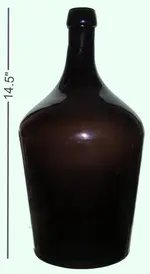
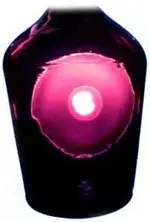
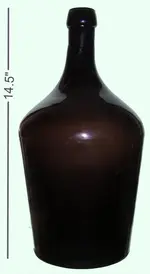
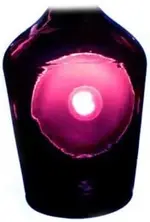
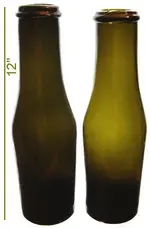
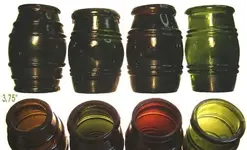
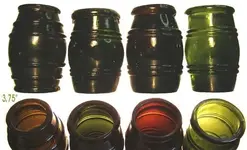
 And thank you for the additional information on these.
And thank you for the additional information on these. 